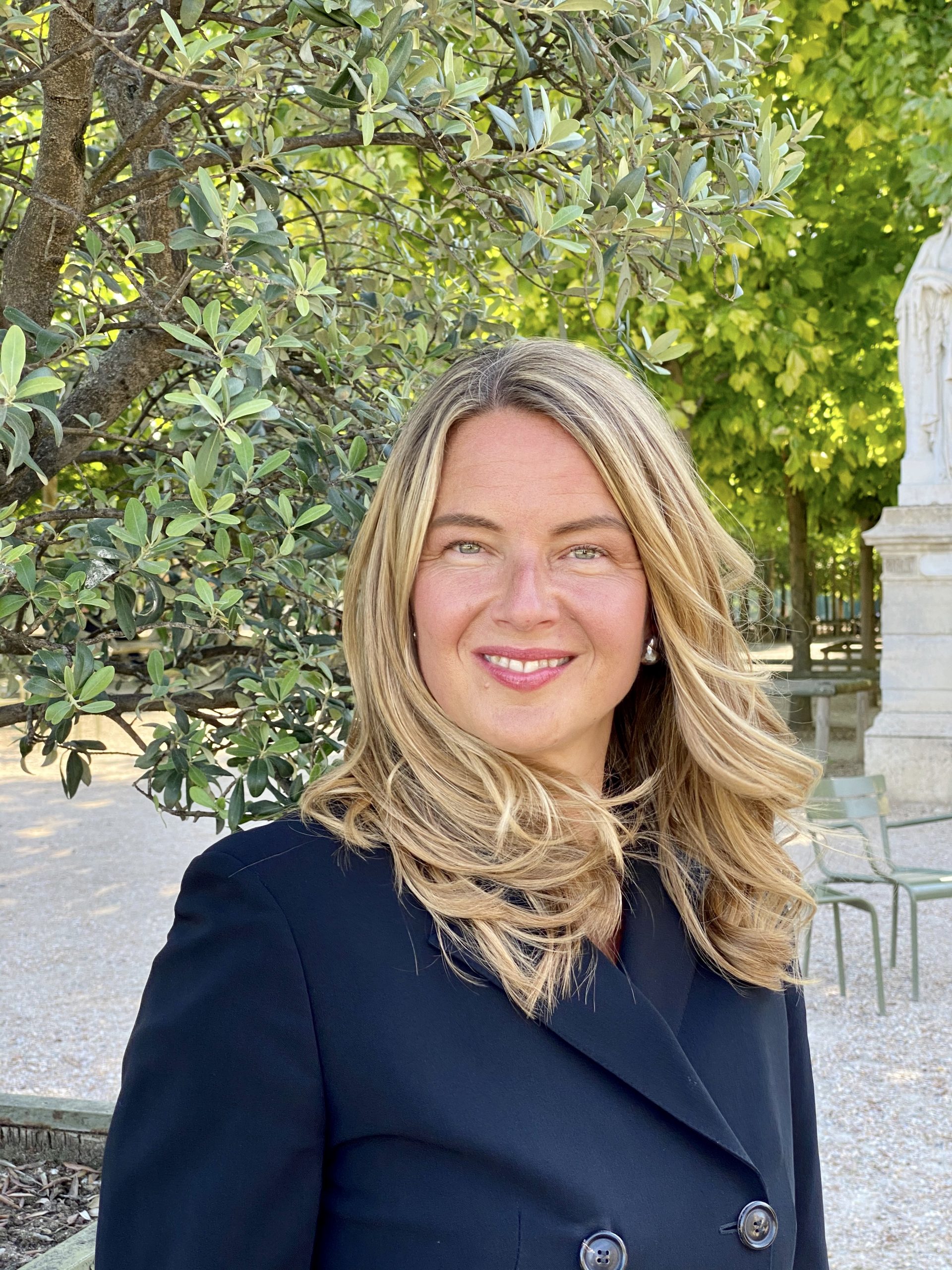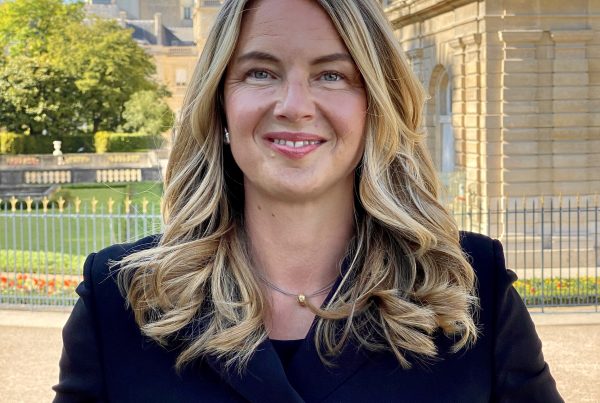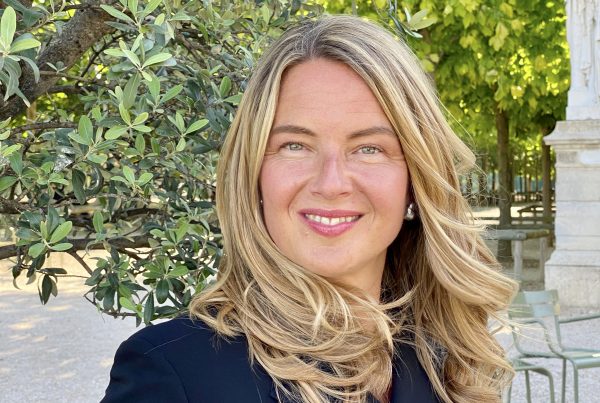Alia iacta est – the die is cast. Europe has voted and we have a result. Landscapes are shifting, old-established values and parties are challenged (again) for the betterment of Europe’s future. And while dices will continue to be shuffled around, the future is here to stay. Who is that future and how are we going to design it responsibly? I ask “who” because it will be a people-driven movement that has already unfolded as we see well-established parties losing importance and those gaining ground that respond to future norms and values such as protecting an environment we can live in healthy & happily. I ask “how” because I experience recently that the face-to-face exchange regains importance in multi-cultural contexts. People talk to each other again.
I received lots of personal responses to my last perspective on #beautifuleurope – “A thought that needs to become a feeling” of accountable citizens who are living in various cultural contexts. They share the same concerns although they come from very different backgrounds. And most importantly, they have made the effort to understand others which requires cultural sensitivity – a set of skills that enables us to learn about and understand people who are different from ourselves, thereby becoming better able to serve them within their own communities. Although the culture debate has been going on for decades it is as important today as it has been 30 years ago, in particular when developing strategies in different markets.
In the age of social media cultural sensitivity and its sophisticated application “cultural competency” have gained new relevance because the face-to-face exchange – which used to serve as the primary source of building this competency – had become less frequent in the last couple of years and the necessity to expose yourself to another culture has become less evident, for example when you live abroad as an expat. Today, you can easily and comfortably travel to remote areas just with a credit card and never exchange any money into a foreign currency. You can stay at hotels that look familiar, the desk is always in the same corner – be it Beijing or New York, the restaurant serves the same food, and you can live “as an alien” just as at home. Going local is not necessary anymore.
At the same time, we believe we live globally as we are connected permanently with people and information from around the world through social media. But does this remote access to culture empower us with cultural sensitivity or even cultural competency?
To back up a little bit: culture has many different dimensions. It can relate to national believes, norms and established ways of interaction and communication (language being the most distinguished expression of a national culture), but it can also relate to the modes of operation of an organization or the acquired norms and socialization of a profession.
When I started my PhD I first talked to people in healthcare – at that time in California. I was interested to learn about the best way to collaborate and communicate when providing care among healthcare professionals and across healthcare organizations. What I learned was that “culture eats strategy for lunch every day” – meaning that even the most sophisticated strategy can turn out to be totally dysfunctional when implemented just because the established “culture” prescribes a different “code.” Thanks to Larry Smith of Northwell Health System who recommended the book the “culture code” to me – a last century book that I still have on my shelf and consult from time. It explains you the basic codes of national cultures. In my work today, these national cultures are as important as professional and organizational cultures and they are crucial when it comes to the sustainability of an innovation – be it in management, medicine or a social innovation that will shape the future.
My upcoming keynote in London will deal with the science and art of sustainable healthcare innovation. Since the medical revolution in the mid-19th century innovation has driven healthcare market developments and contributed to rising budgets. While healthcare costs in general continue to grow, investments in innovation – be it technology, drugs, devices or management – have been scrutinized and are increasingly driven by regulatory and reimbursement considerations.
In this context cross-cultural sensitivity is key. It describes the knowledge, awareness, and acceptance of other cultures (national, professional, organizational). On the individual level, it allows people to successfully navigate a different culture that they are interacting with whereas it is considered one of the primary factors that drive the way organizations behave. The toolbox of cultural sensitivity relates to comprehensive research (hard facts) and human behavior in context (soft facts). However, very often “Hard (numbers/plans) is Soft” and “Soft (relationships/culture) is Hard” (Peters, Watermann 1982).
I will provide examples from my work around the world on for example how doctors’ motivation is driven by similar factors in San Francisco, USA, and Hanover, Germany, despite very different healthcare systems, meaning that professional cultural overrides national culture in medicine. Another example is the implementation of performance measurement systems in the US where performance is “cool” and Germany where “best-in-class” do not usually show off. As a result, the acceptance of monitoring and compliance is very different and the strategies for market access should not be copy-pasted. I will talk about the need to support online training and sales in France with personal interaction while from an American perspective it does not make sense that in France we have endless lunches without closing a deal.
As Lou Gerstner said “Culture isn’t just one aspect of the game —IT IS THE GAME.” It is about cultural sensitivity because we have been talking, researching and acknowledging the importance of culture for years, however, sustainable innovation depends on the sophisticated use and implementation of sensitivity for and of national, professional and organizational cultures. In this context listening is the ultimate mark of respect. We should listen more to understand, not necessarily to respond. “Personal relationships are the fertile soil from which all advancement, all success, all achievement in real life grow,” as Ben Stein said. Have empathy for the world around you if you would like to do business globally because “Culture eats strategy for lunch every day” (Janus 2003).
Let’s work on #CULTURALSENSITIVITY and #CULTURALCOMPETENCY jointly to design our future responsibly in Europe and beyond.
Please share and let’s discuss this further @katharinajanus.
As I believe in the importance of international exchange I’m inviting you to join the Center for Healthcare Management’s 8th Annual Business Forum “Money and people – the currencies of healthcare”, to be held September 11-13, 2019 at the Columbia Global Center in Paris. Among other exciting sessions led by our global partners, we will talk about cultural sensitivity in an international context – the rule changer for drugs, devices and other innovations. People and their cultures in various healthcare markets are at the core of this discussion. Kaiser Permanente will show us how design thinking can lift the idea of integrated care to the next level. The flip side is finance – private equity, asset management – which will be on our agenda on day two.
I’m proud that Michael Heise, Chief Economist at Allianz SE, Munich, and Jean-Louis Schilansky, president of MEDEF Grand Paris, will be keynote speakers among others. The detailed draft agenda is online. To apply for your personal invitation and/or become a partner of the forum please email to .
Please stay tuned for any updates @HCMatColumbia and @katharinajanus!




